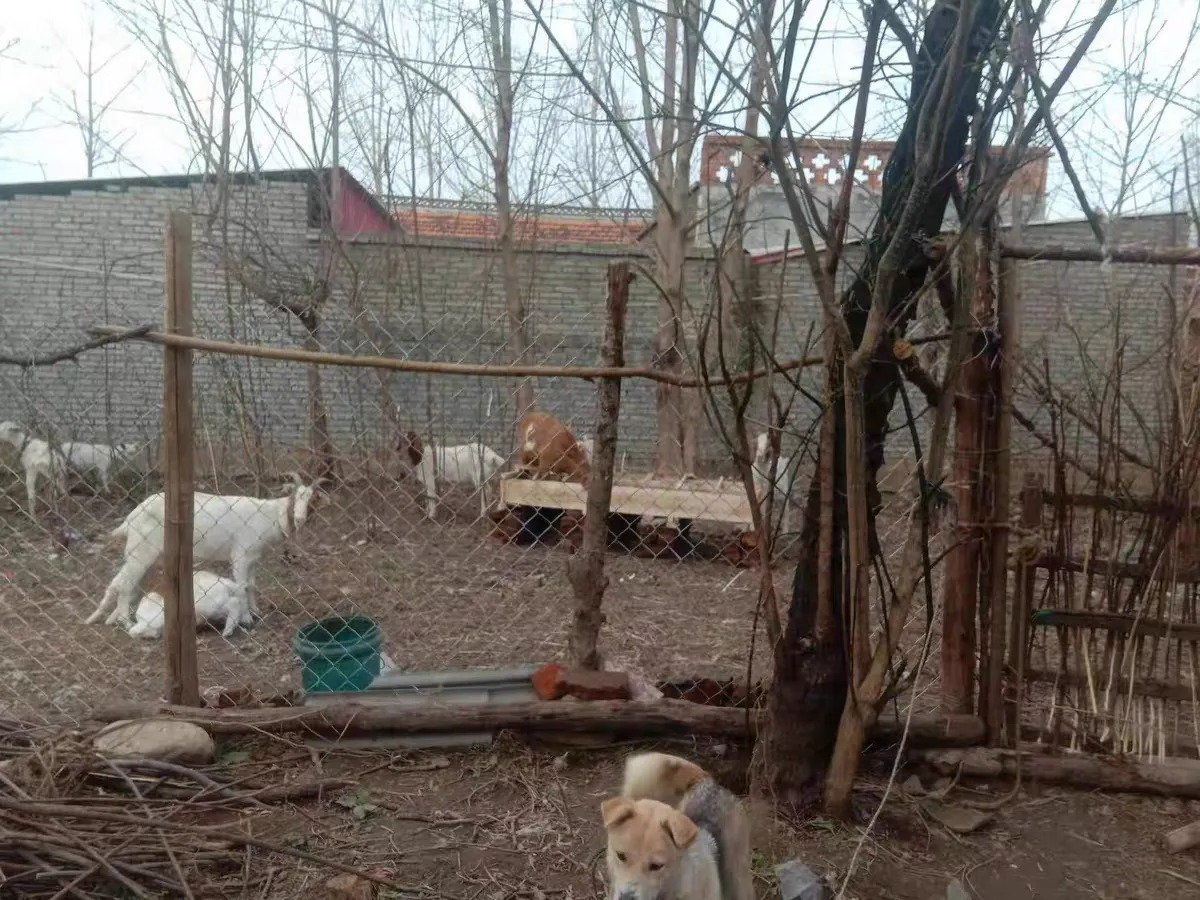-
 Afrikaans
Afrikaans -
 Albanian
Albanian -
 Amharic
Amharic -
 Arabic
Arabic -
 Armenian
Armenian -
 Azerbaijani
Azerbaijani -
 Basque
Basque -
 Belarusian
Belarusian -
 Bengali
Bengali -
 Bosnian
Bosnian -
 Bulgarian
Bulgarian -
 Catalan
Catalan -
 Cebuano
Cebuano -
 China
China -
 Corsican
Corsican -
 Croatian
Croatian -
 Czech
Czech -
 Danish
Danish -
 Dutch
Dutch -
 English
English -
 Esperanto
Esperanto -
 Estonian
Estonian -
 Finnish
Finnish -
 French
French -
 Frisian
Frisian -
 Galician
Galician -
 Georgian
Georgian -
 German
German -
 Greek
Greek -
 Gujarati
Gujarati -
 Haitian Creole
Haitian Creole -
 hausa
hausa -
 hawaiian
hawaiian -
 Hebrew
Hebrew -
 Hindi
Hindi -
 Miao
Miao -
 Hungarian
Hungarian -
 Icelandic
Icelandic -
 igbo
igbo -
 Indonesian
Indonesian -
 irish
irish -
 Italian
Italian -
 Japanese
Japanese -
 Javanese
Javanese -
 Kannada
Kannada -
 kazakh
kazakh -
 Khmer
Khmer -
 Rwandese
Rwandese -
 Korean
Korean -
 Kurdish
Kurdish -
 Kyrgyz
Kyrgyz -
 Lao
Lao -
 Latin
Latin -
 Latvian
Latvian -
 Lithuanian
Lithuanian -
 Luxembourgish
Luxembourgish -
 Macedonian
Macedonian -
 Malgashi
Malgashi -
 Malay
Malay -
 Malayalam
Malayalam -
 Maltese
Maltese -
 Maori
Maori -
 Marathi
Marathi -
 Mongolian
Mongolian -
 Myanmar
Myanmar -
 Nepali
Nepali -
 Norwegian
Norwegian -
 Norwegian
Norwegian -
 Occitan
Occitan -
 Pashto
Pashto -
 Persian
Persian -
 Polish
Polish -
 Portuguese
Portuguese -
 Punjabi
Punjabi -
 Romanian
Romanian -
 Russian
Russian -
 Samoan
Samoan -
 Scottish Gaelic
Scottish Gaelic -
 Serbian
Serbian -
 Sesotho
Sesotho -
 Shona
Shona -
 Sindhi
Sindhi -
 Sinhala
Sinhala -
 Slovak
Slovak -
 Slovenian
Slovenian -
 Somali
Somali -
 Spanish
Spanish -
 Sundanese
Sundanese -
 Swahili
Swahili -
 Swedish
Swedish -
 Tagalog
Tagalog -
 Tajik
Tajik -
 Tamil
Tamil -
 Tatar
Tatar -
 Telugu
Telugu -
 Thai
Thai -
 Turkish
Turkish -
 Turkmen
Turkmen -
 Ukrainian
Ukrainian -
 Urdu
Urdu -
 Uighur
Uighur -
 Uzbek
Uzbek -
 Vietnamese
Vietnamese -
 Welsh
Welsh -
 Bantu
Bantu -
 Yiddish
Yiddish -
 Yoruba
Yoruba -
 Zulu
Zulu
Jan . 21, 2025 00:44
Back to list
steel stucco netting
Steel stucco netting has become a pivotal component in modern construction, particularly in projects requiring robust and enduring support systems for plaster and stucco applications. In this guide, we dive into the realm of steel stucco netting through the lens of industry expertise and real-world application to deliver an insightful resource. This exploration is founded on the pillars of Experience, Expertise, Authoritativeness, and Trustworthiness, offering readers an authoritative source on this essential product.
Authoritativeness is drawn from the industry standards and research-backed recommendations surrounding steel stucco netting installations. The ASTM C1063 Standard Specification for Installation of Lathing and Furring to Receive Interior and Exterior Portland Cement-Based Plaster is a guiding document that offers authoritative measures on handling and installing steel stucco netting. Complying with such standards ensures that the product’s application meets safety and quality benchmarks, minimizing risks associated with improper installation. The endorsement of steel stucco netting by leading construction associations further cements its credibility as a foundational material in wall cladding. Trustworthiness in the use of steel stucco netting is fortified through verified case studies and testimonials from past projects. For instance, projects in coastal areas provide compelling evidence of its reliability; buildings that incorporated steel stucco netting demonstrated enhanced structural performance and reduced maintenance costs over time. Trust in the product is significantly attributed to the transparency in manufacturing processes, where reputable manufacturers provide detailed information on the sourcing and treatment of their steel to assure stakeholders of its robustness and safety. In conclusion, steel stucco netting is not merely a construction material but a critical component that contributes to the durability and aesthetic appeal of buildings. Its application is guided by a well-founded understanding of material science and standards compliance, which ensures structures are both sustainable and resilient. The insights shared herein are not only grounded in demonstrated experience and expertise but also anchored in authoritative standards and trustworthy practices, providing a unique perspective on why steel stucco netting remains a cornerstone in modern architecture and construction.


Authoritativeness is drawn from the industry standards and research-backed recommendations surrounding steel stucco netting installations. The ASTM C1063 Standard Specification for Installation of Lathing and Furring to Receive Interior and Exterior Portland Cement-Based Plaster is a guiding document that offers authoritative measures on handling and installing steel stucco netting. Complying with such standards ensures that the product’s application meets safety and quality benchmarks, minimizing risks associated with improper installation. The endorsement of steel stucco netting by leading construction associations further cements its credibility as a foundational material in wall cladding. Trustworthiness in the use of steel stucco netting is fortified through verified case studies and testimonials from past projects. For instance, projects in coastal areas provide compelling evidence of its reliability; buildings that incorporated steel stucco netting demonstrated enhanced structural performance and reduced maintenance costs over time. Trust in the product is significantly attributed to the transparency in manufacturing processes, where reputable manufacturers provide detailed information on the sourcing and treatment of their steel to assure stakeholders of its robustness and safety. In conclusion, steel stucco netting is not merely a construction material but a critical component that contributes to the durability and aesthetic appeal of buildings. Its application is guided by a well-founded understanding of material science and standards compliance, which ensures structures are both sustainable and resilient. The insights shared herein are not only grounded in demonstrated experience and expertise but also anchored in authoritative standards and trustworthy practices, providing a unique perspective on why steel stucco netting remains a cornerstone in modern architecture and construction.
Latest news
-
Shipping Plastic Bags for Every NeedNewsJul.24,2025
-
Safety Netting: Your Shield in ConstructionNewsJul.24,2025
-
Plastic Mesh Netting for Everyday UseNewsJul.24,2025
-
Nylon Netting for Every UseNewsJul.24,2025
-
Mesh Breeder Box for Fish TanksNewsJul.24,2025
-
Expanded Steel Mesh Offers Durable VersatilityNewsJul.24,2025











